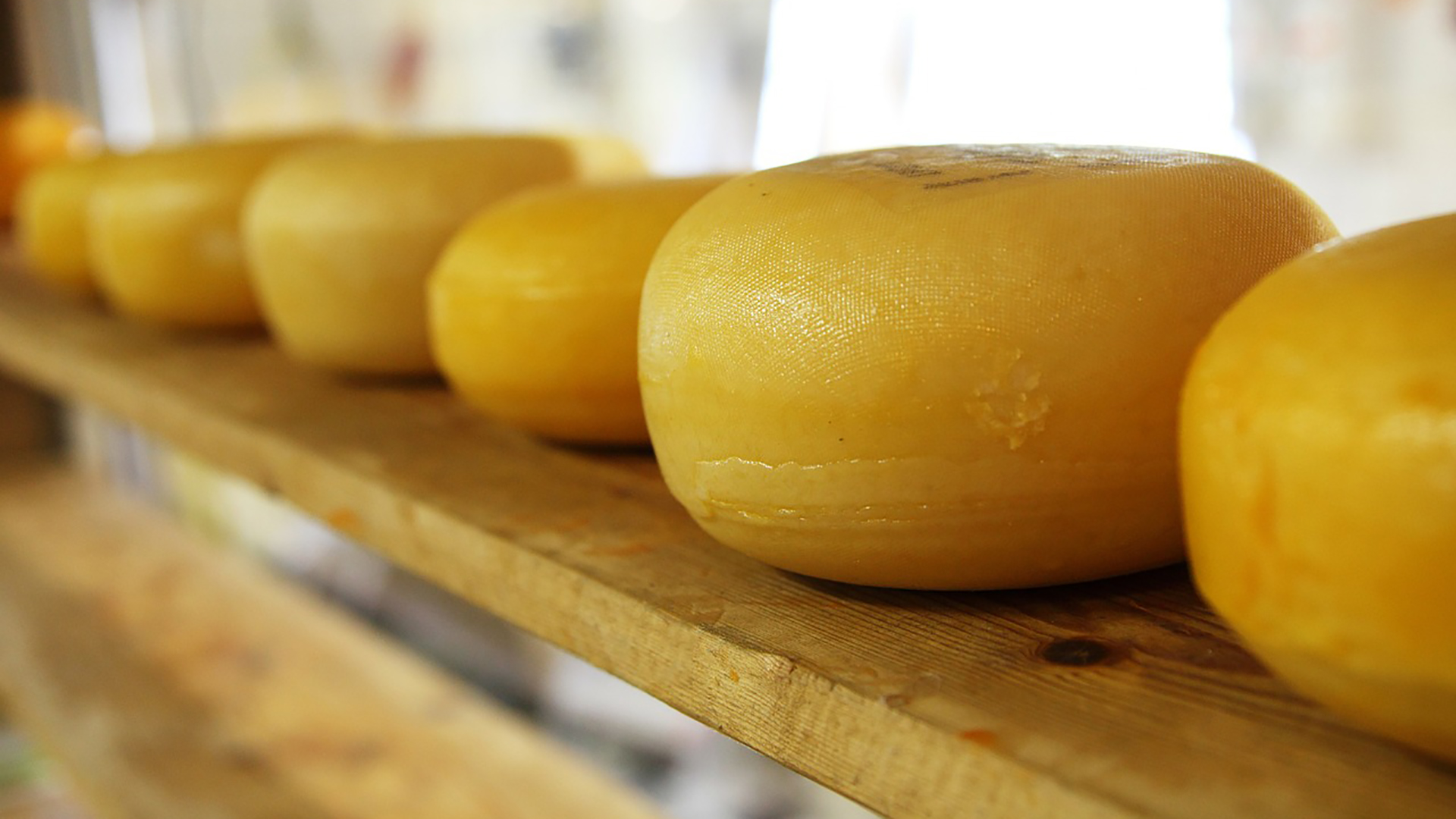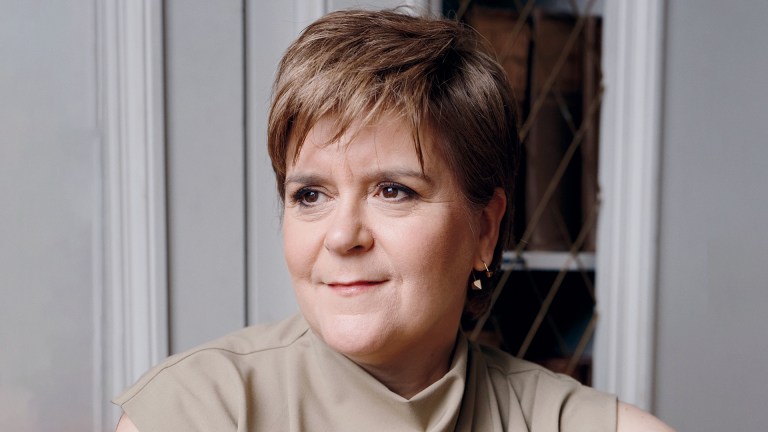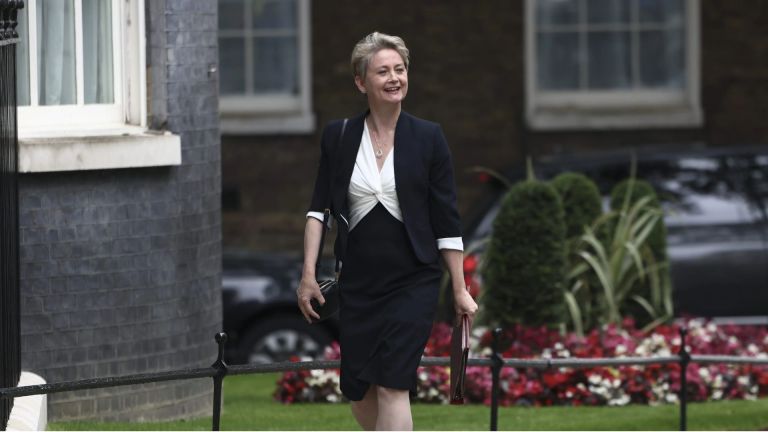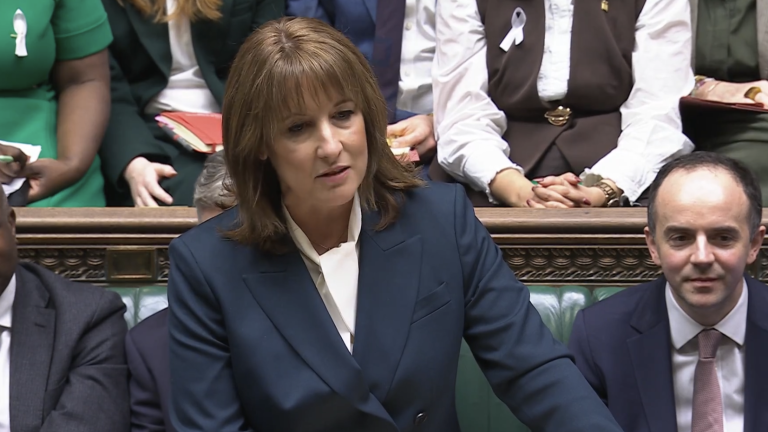Of all the cheddar imported to the UK, 82 per cent comes from Ireland – a total of 78,000 tonnes per year. The supply chain in Ireland criss-crosses the border (one third of Northern Irish milk goes south of the border for processing). To take one example, the Kerry Group supplies sliced cheese to McDonald’s. Raw cheese from the Republic is transported to Coleraine in the North, before being distributed to restaurants across the UK and other EU countries.
This is one item that passes through the UK, even if not meant for our market, but would nonetheless be subject to tariffs. For UK cheddar exports to the EU with No Deal, the tariff is €1,671 per tonne (from €0 just now). For EU cheddar imports to the UK it would be €221 per tonne.
In other words, that will destroy the current setup for many industries on the island of Ireland, as well as making it economically unviable to either import or export much cheddar.
So will the cheddar British farmers produce be enough to fill the cheddar gap (or gorge)? In 2018, we imported more than we exported, with a cheddar deficit of 18,000 tonnes. A lot of hard cheese that is exported goes to the EU to be processed before being brought back as a slightly different, often more spreadable, product. Those items are not counted as part of the 18,000 tonnes.
British cheesemakers face new challenges outside the EU. Coombe Castle dairy in Wiltshire exports blocks of cheese to Canada. An EU-Canada deal means there’s no tariff on the sale. Under WTO rules, the duty paid on a block of cheese worth £500 would be £1,200 – that’s 245 per cent.
The industry has plans to increase production, processing and storage capacity. Irish farm bodies, supported by the EU Agriculture Commission, are planning to set aside €25m to help producers diversify into new markets. If only we belonged to a helpful organisation like that.









